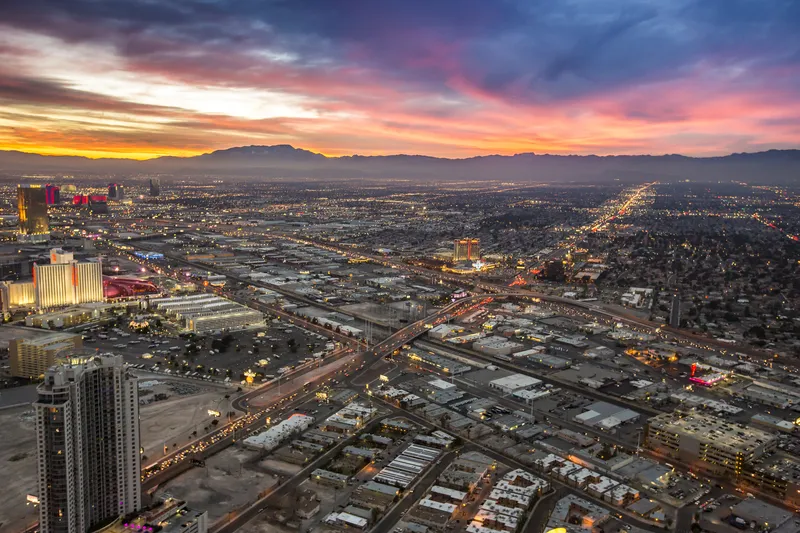More cameras and sensors are to be installed in Chesapeake, Virginia, in an effort to prevent traffic bottlenecks throughout the city. The city won a US$2 million federal grant to update the traffic management centre (TMC). The plan calls for adding about twenty cameras at key intersections, together with additional traffic sensors at intersections to aid the timing of traffic signals. Several intersections on main roads are already linked by wireless communication. The TMC serves as the command and control
June 27, 2013
Read time: 1 min
More cameras and sensors are to be installed in Chesapeake, Virginia, in an effort to prevent traffic bottlenecks throughout the city.
The city won a US$2 million federal grant to update the traffic management centre (TMC). The plan calls for adding about twenty cameras at key intersections, together with additional traffic sensors at intersections to aid the timing of traffic signals. Several intersections on main roads are already linked by wireless communication.
The TMC serves as the command and control centre for traffic. Operators can monitor the city's more than 170 traffic signals. The system currently has 23 closed circuit TV cameras, and eight large flat panel displays.
The new project will go out to tender this summer. Design is expected to start in the fall, lasting about six months. Construction is planned to take a year.
The city won a US$2 million federal grant to update the traffic management centre (TMC). The plan calls for adding about twenty cameras at key intersections, together with additional traffic sensors at intersections to aid the timing of traffic signals. Several intersections on main roads are already linked by wireless communication.
The TMC serves as the command and control centre for traffic. Operators can monitor the city's more than 170 traffic signals. The system currently has 23 closed circuit TV cameras, and eight large flat panel displays.
The new project will go out to tender this summer. Design is expected to start in the fall, lasting about six months. Construction is planned to take a year.










